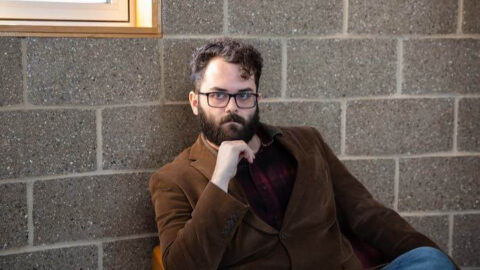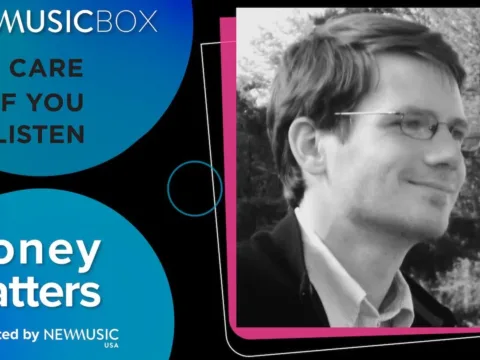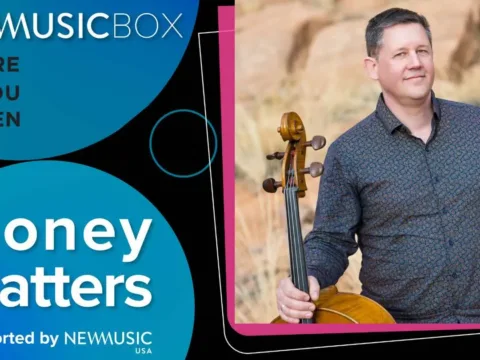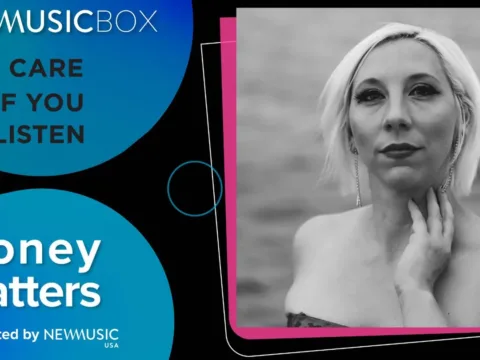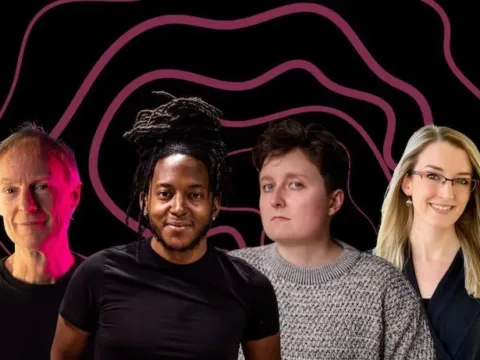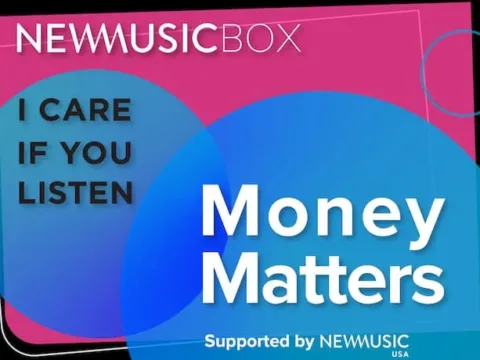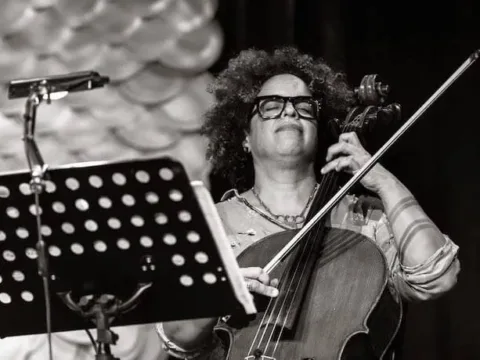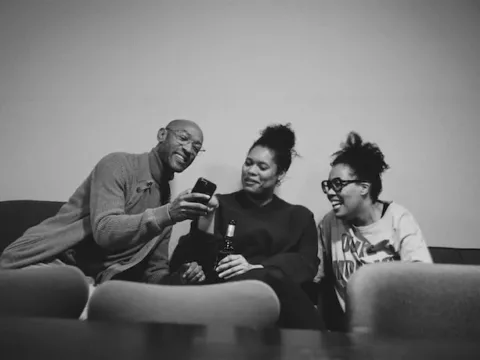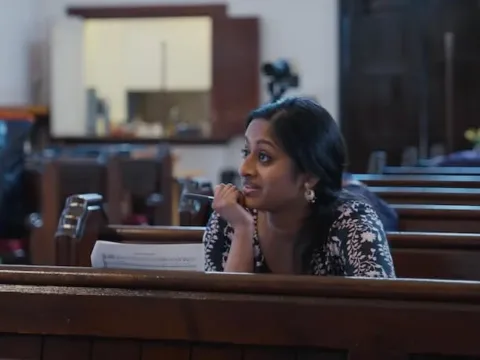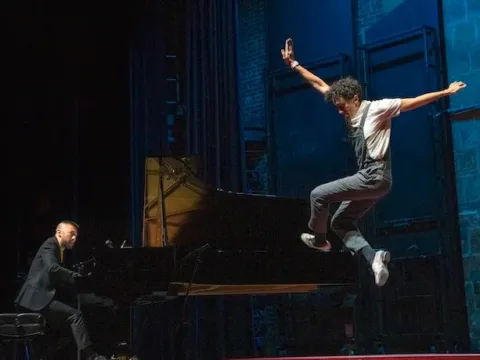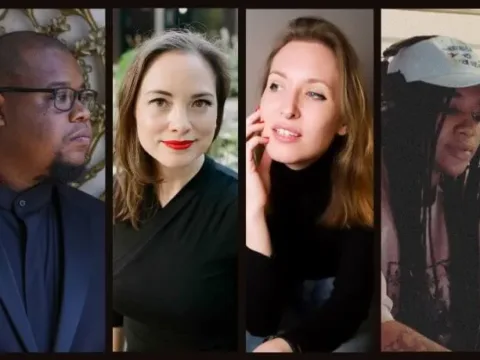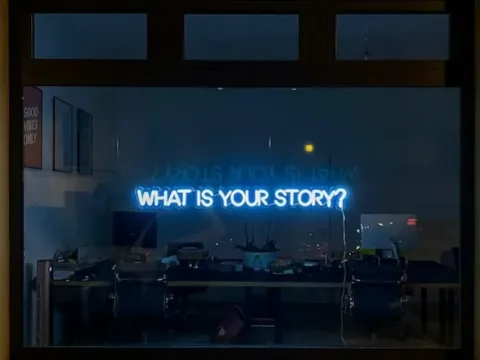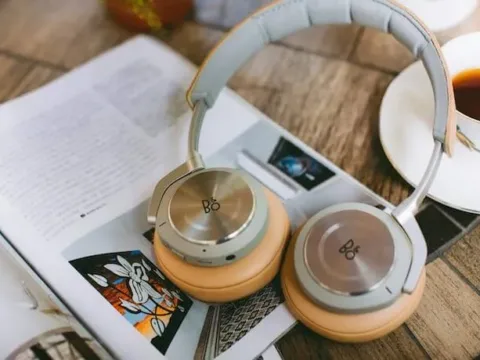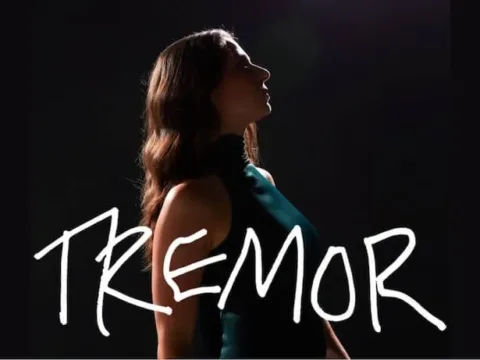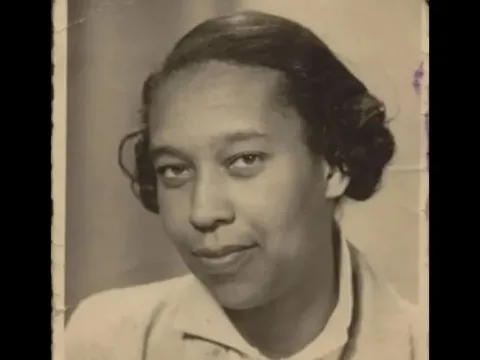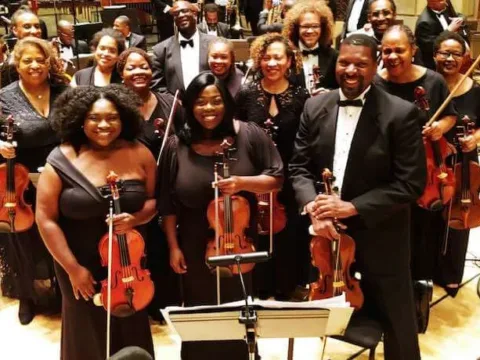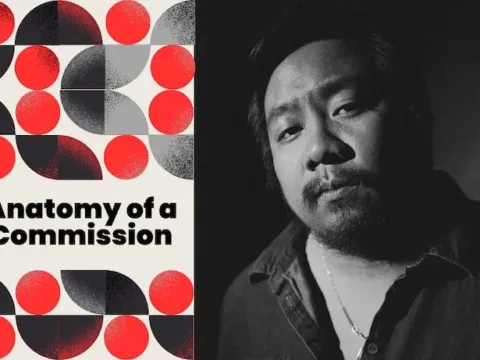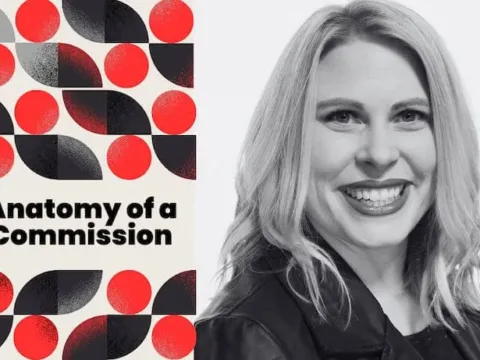Last year, CARE IF YOU LISTEN partnered with 21CM to hold the second annual “New Voices” essay contest, inviting college students of any age to submit essays on the theme of the 21st century musician. We are delighted to present the winning essay of the competition. Responding to a question about how musicians might better engage with their audiences, John Carroll of the State University of New York at Fredonia wrote beautifully about his personal experiences with autism spectrum disorder and how it affects his experience in the classical concert hall. Carroll’s prose has the quality of a magnifying glass, bringing clarity and precise attention to his subject. Through it, Carroll examines how the work of organizations like The Musical Autist might help create concerts that cater to neuro-diverse audiences.
Everyone knows what it’s like to attend a social gathering they’d rather not be attending. A drawn-out family gathering with irritating distant relatives, or an overcrowded party where everyone feels too close, too hyperactive, and it’s so loud you can barely hear anything beyond the bludgeon of profuse sound. If you can recall those situations, then you understand my general experience as someone with autism spectrum disorder.
My condition is a delightful package of neuro-divergent qualities, one that houses many strengths and challenges amounting in one way or another to a splendidly thoughtful and sensitive nature. This sensitivity extends into all aspects of my life, how I interact with myself and others, but in particular the world around me. Public spaces and social settings often pique this sensitivity the most, presenting challenges in the same vein as those aforementioned struggles. In addition, I’m also a composer and musician. It’s funny, both autism spectrum disorder and music deal extensively in the sensory world, requiring comprehensive and practiced means of navigating its surroundings. One would think they’d complement one another; and for the most part actually they do, but there remains one common scenario where the intersection of music and my ASD cause a head-on collision time and time again: the concert.

It’s unsurprising that people with ASD can have a difficult time engaging with concerts as part of an audience. Concerts contain essentially every daunting aspect of social activity for someone with ASD, distilled down and concentrated into a single, unyielding experience: crowds, restriction of movement, high amounts of visual and auditory activity, the inability to process information at your own rate or leave without feeling some degree of pressure to remain, etc.
Classical concerts in particular are governed by very rigid, implicit etiquette that is sometimes not easily graspable. The stricter the rules of engagement, the more challenging it can be for someone with ASD to adapt quickly, further inhibiting enjoyment. So, as we approach the task of making art as inclusive to everyone as possible, how do we accommodate this kind of neurodiversity in the concert space?
Recently I had the opportunity to watch a live musical. I worked on the production team and had seen the show numerous times by that point, so instead of viewing it in the audience, I instead opted to watch it on the TV in the green room; specifically so I wouldn’t have to stew in the pulse-pounding energy of a packed house. If I happened to become tense or feel a sudden wave of anxiety at any point, I was able to deal with it in the moment. I could exert energy through pacing, go out into the hall for however long I needed to experience solitude, talk and laugh with the people in the room with me; sometimes discussing the show and other times something unrelated. The room itself was medium sized, self-contained, and sonically insulated but not suffocating; the lighting wasn’t oppressively bright and there was an assortment of comfortable furniture in case I wished to move. Furthermore, the sheer sparseness of occupancy and relatively low volume in that room went a long way towards reducing the immense anxiety I’d typically feel being among crowds.
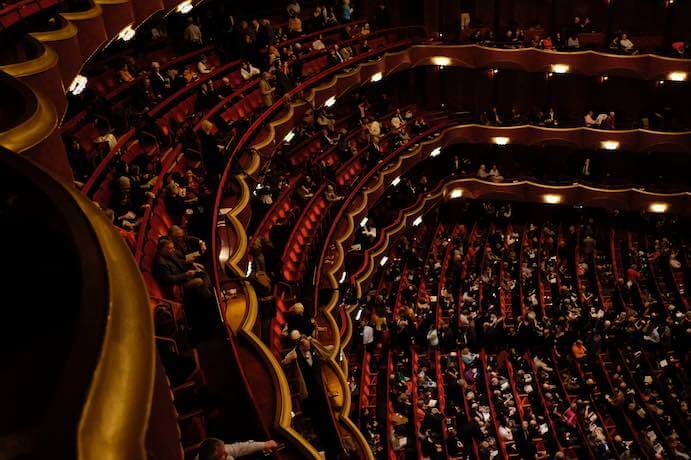
In 2011, The Musical Autist, an organization dedicated to creating platforms for autistic culture and advocacy through community-based music therapy, started what they refer to as “Sensory Friendly Concerts.” Their structuring of the concerts is comprehensive, providing at least one accommodation for everyone depending on where they place on the spectrum and what their particular sensitivities require. Among the accommodations of particular interest to me are their “quiet rooms,” located adjacent to the hall and featuring sensory manipulatives for those who need a break from the concert environment or simply need to engage in a more filtered manner.
What excites me most is that not only did I get to inadvertently experience my own version of that quiet room in the form of the aforementioned green room, but also for the first time, I was able to sit through a musical performance and feel like comfort was both attainable and manageable. I may not need to engage in concerts this way all the time, but simply having the option available to me makes me feel infinitely more included as both an artist and neuro-divergent individual, a sensation I think others deserve to feel as well.
